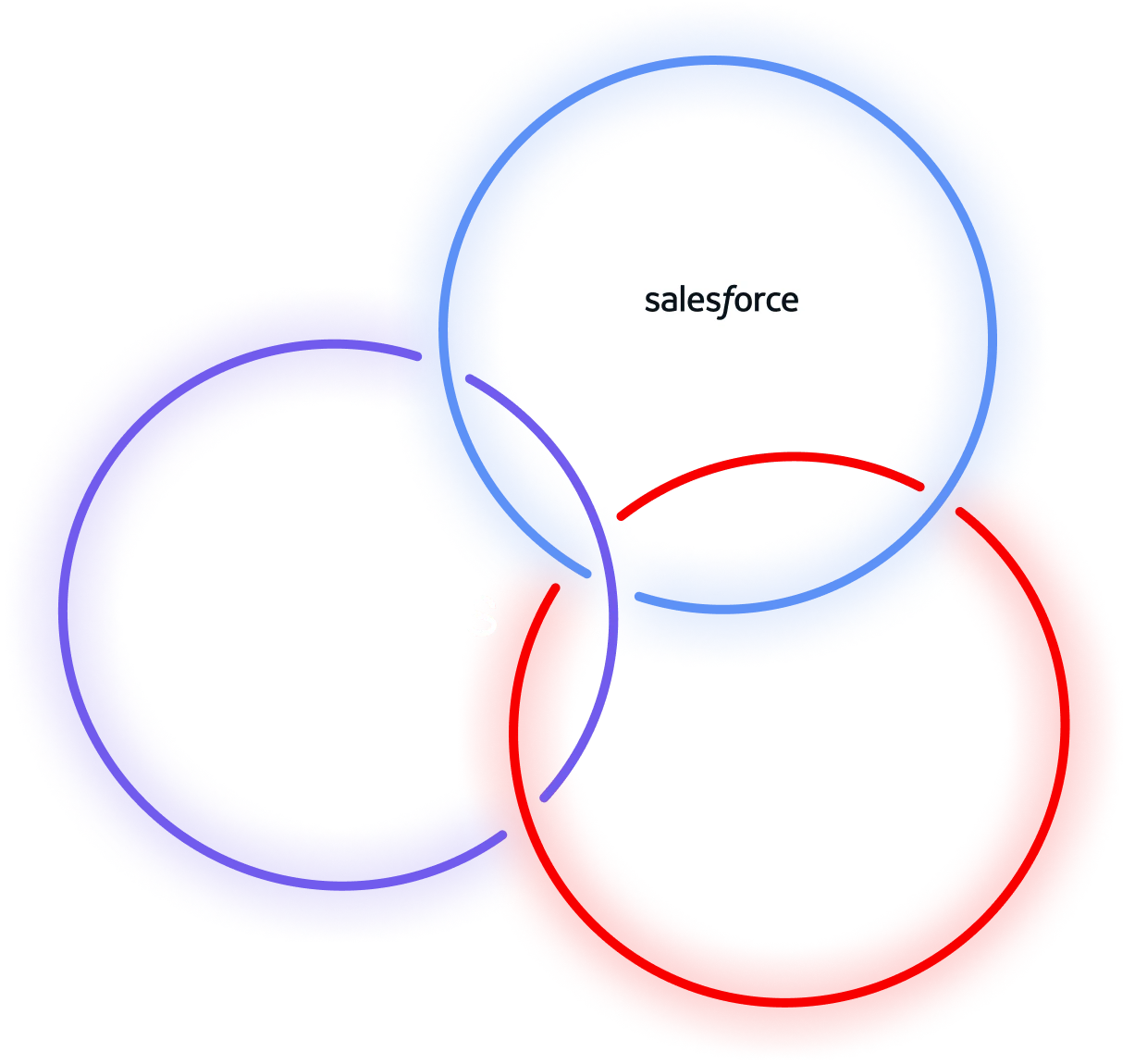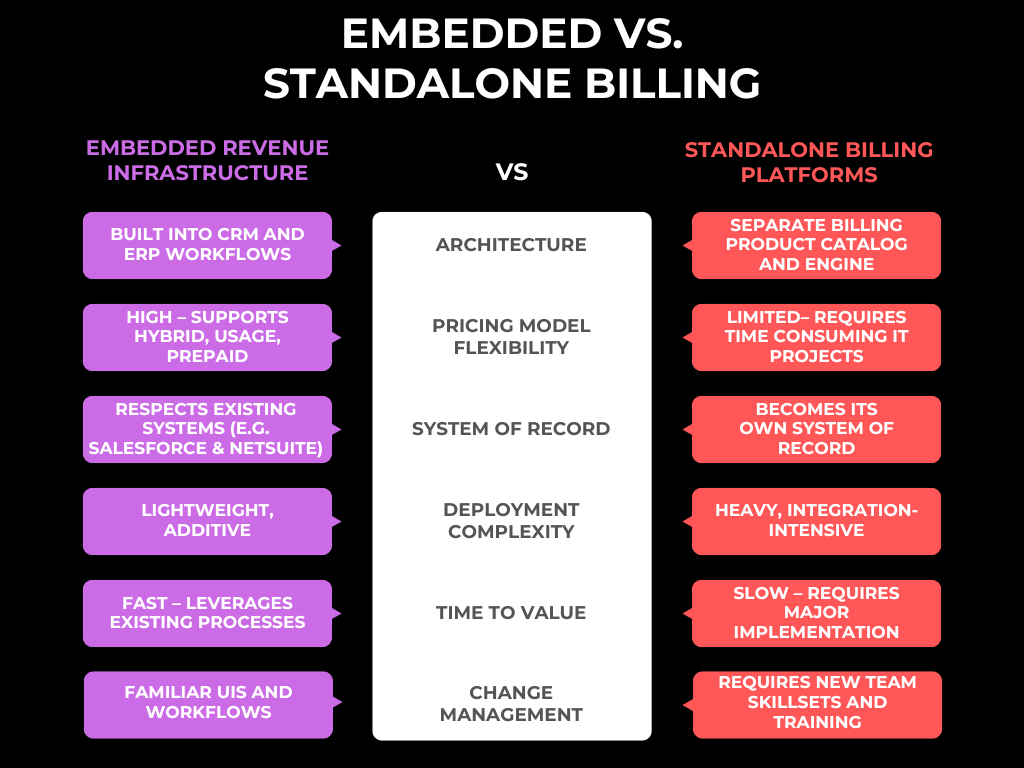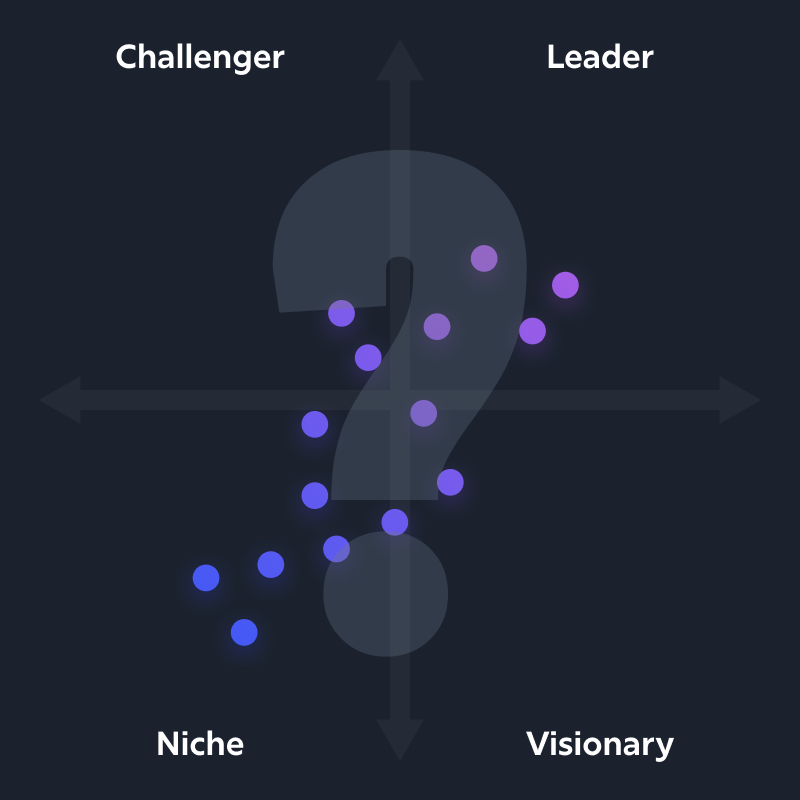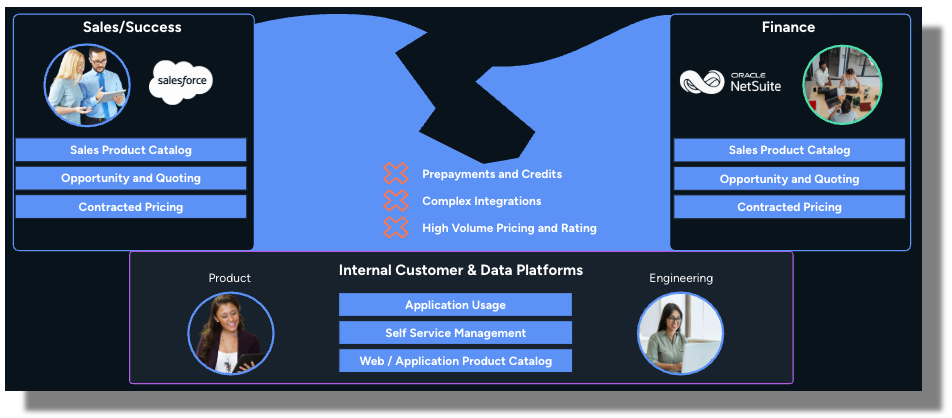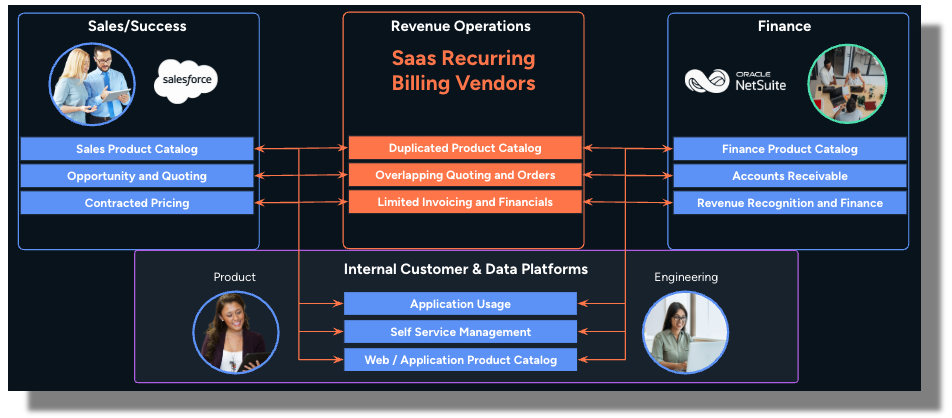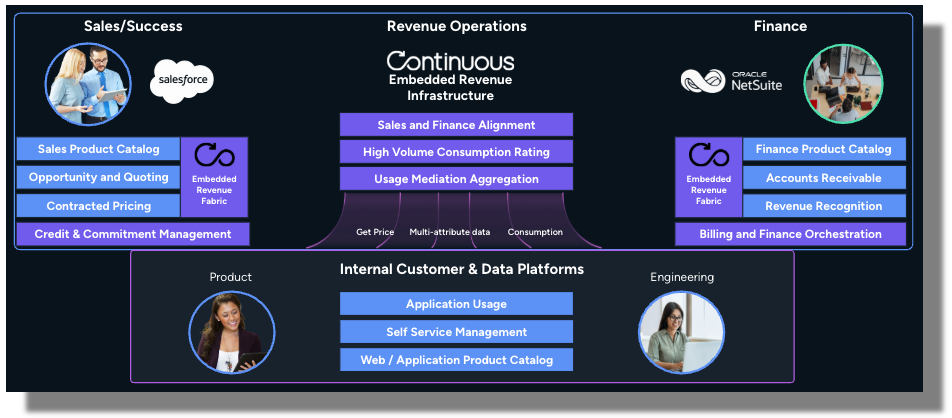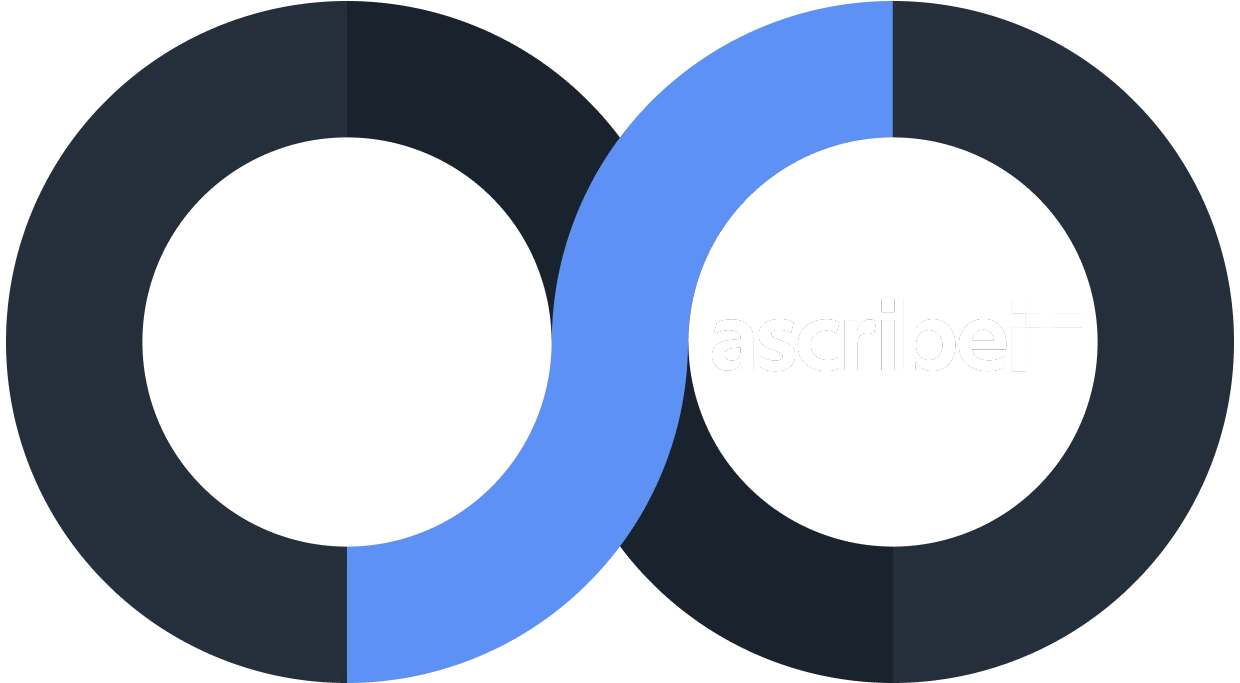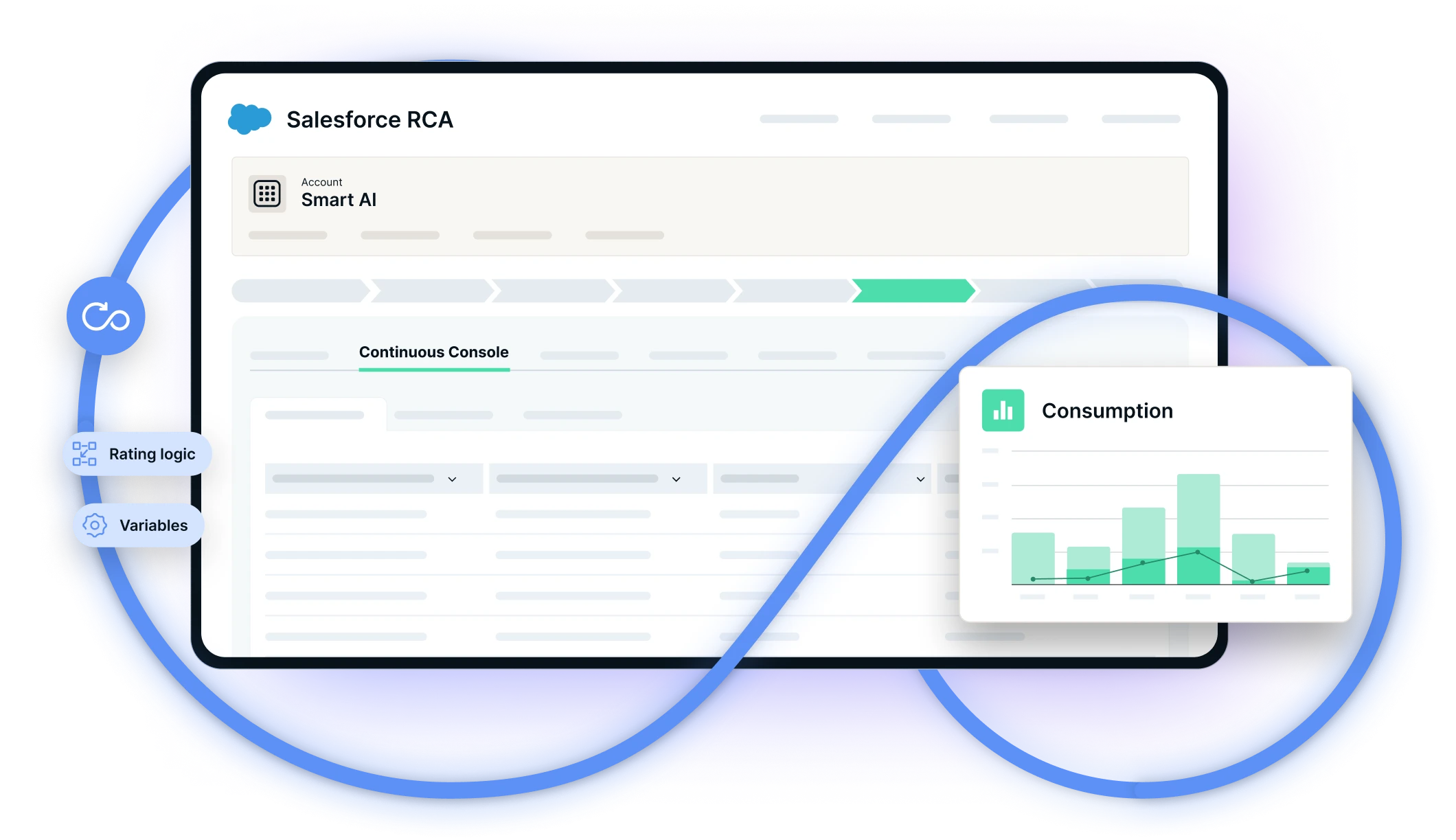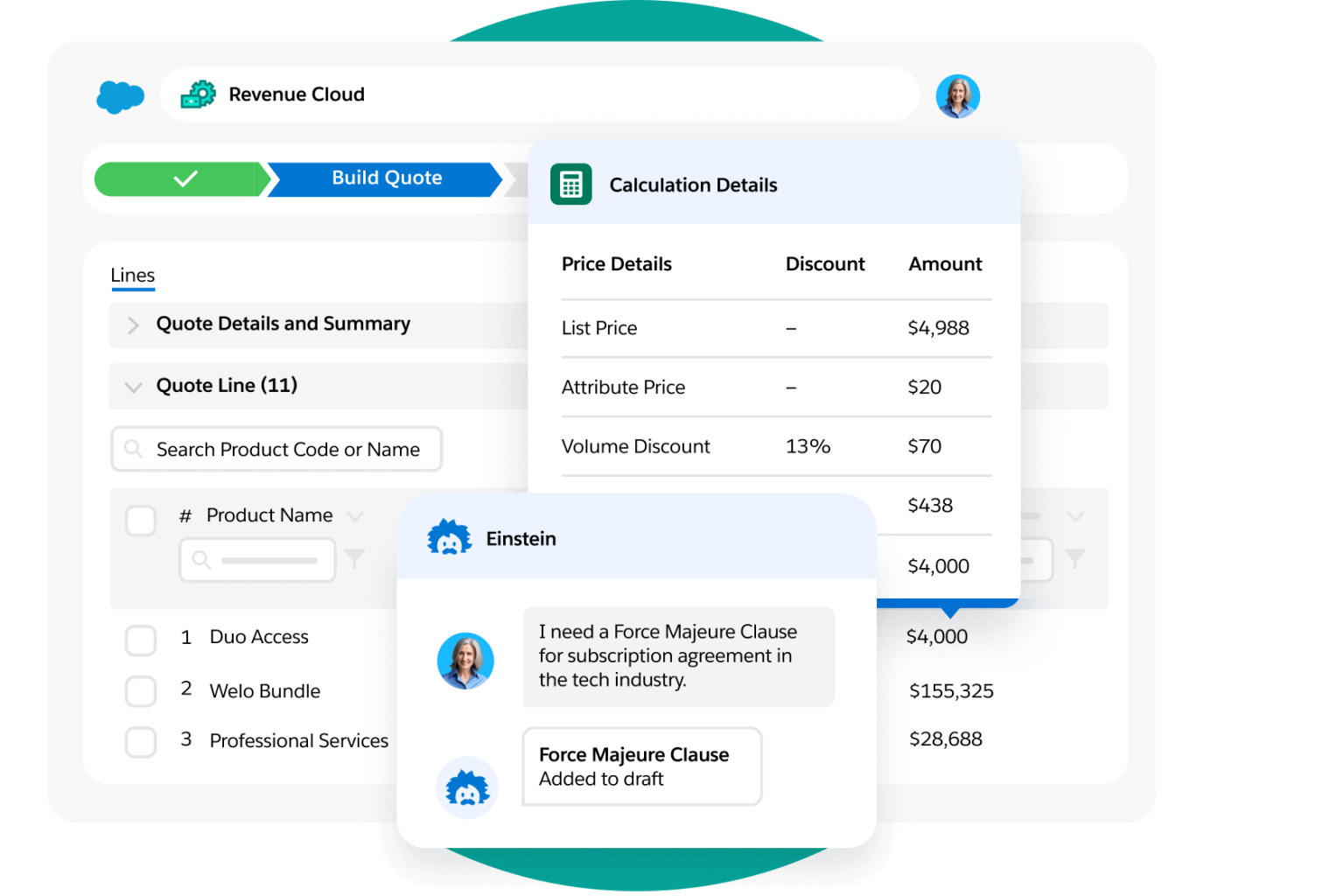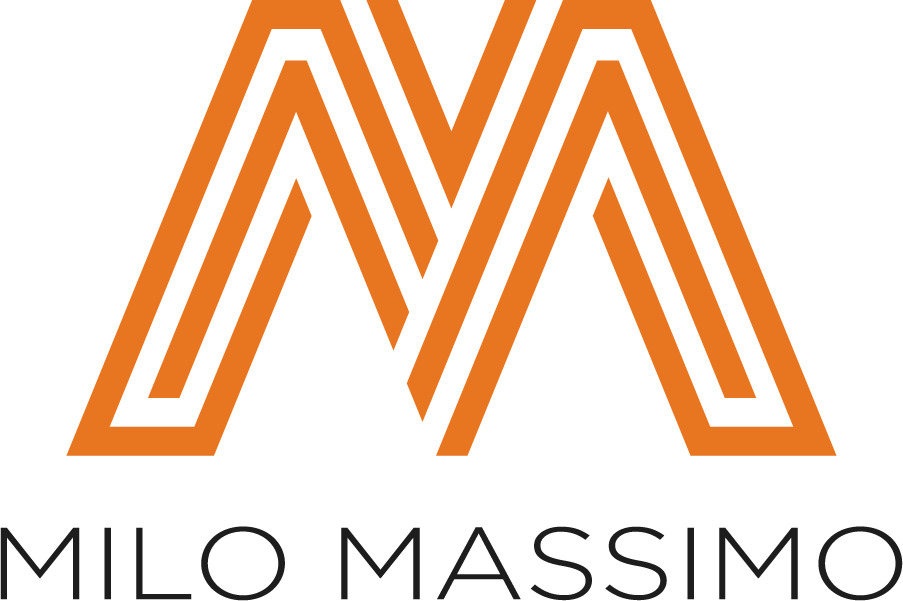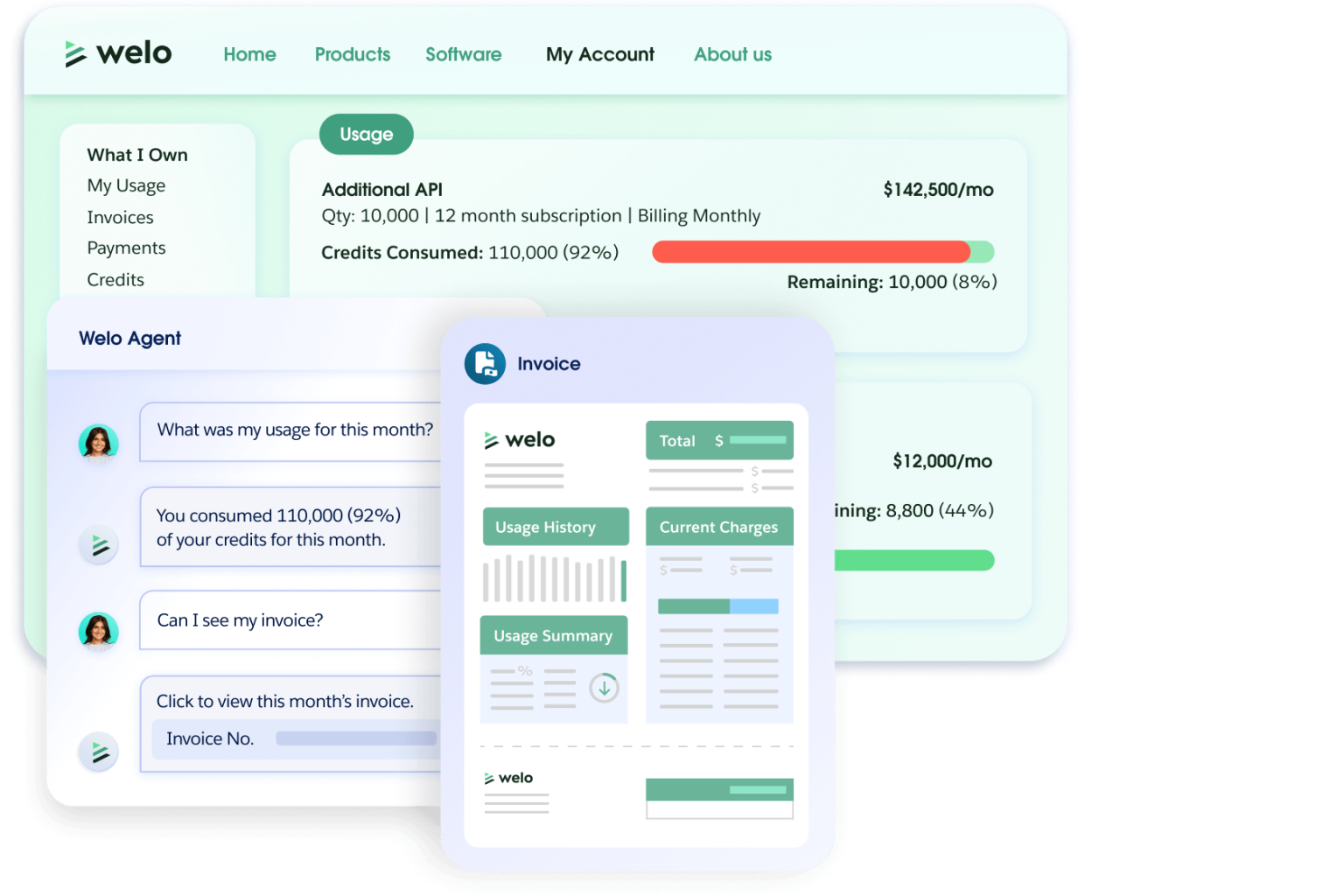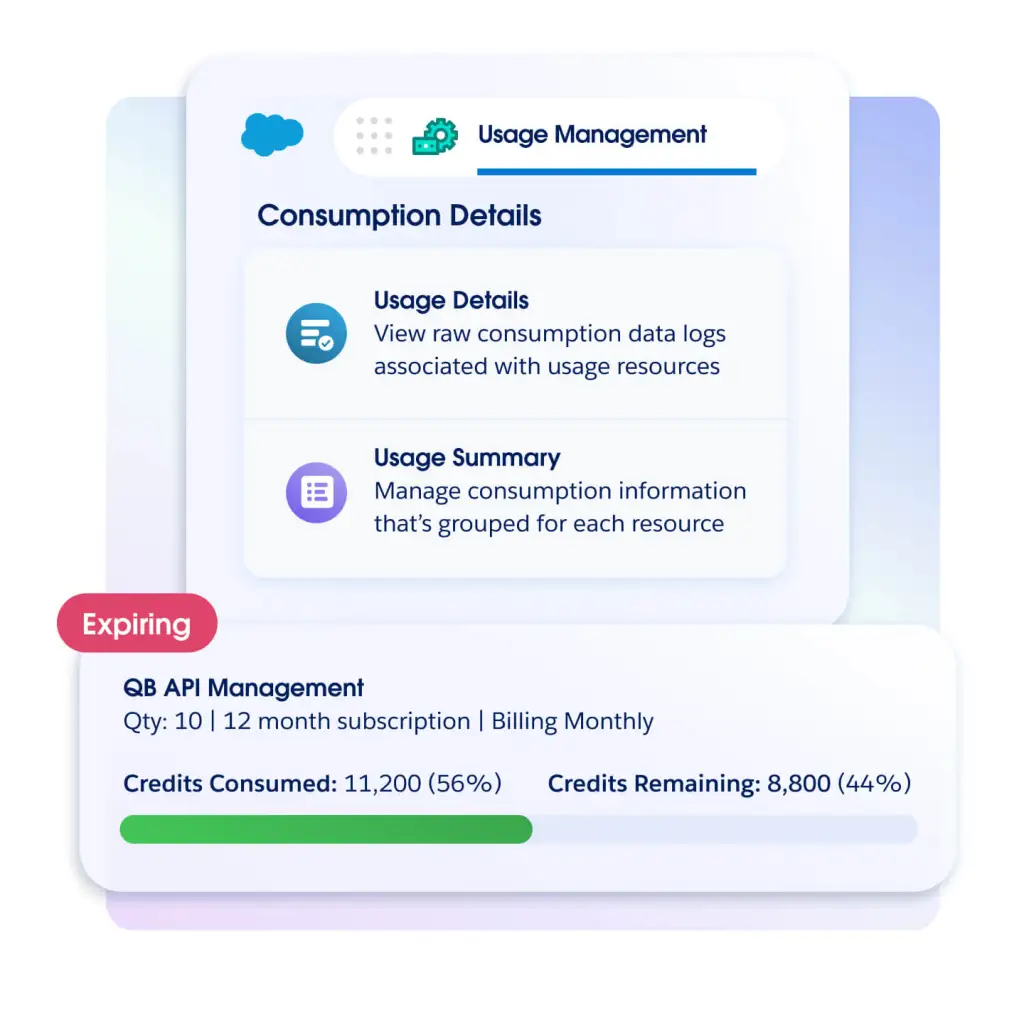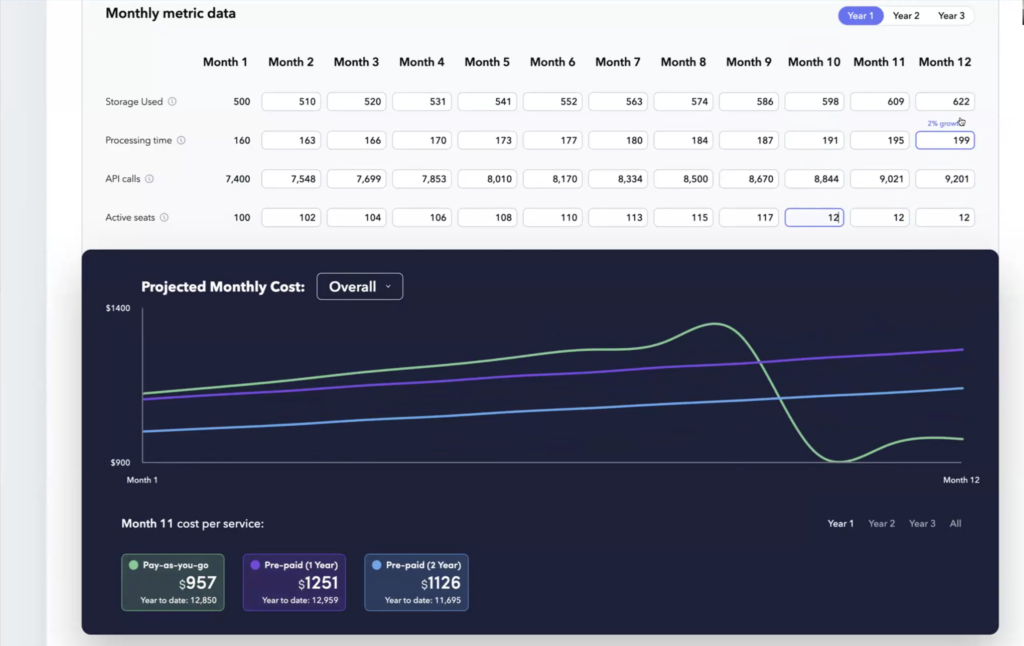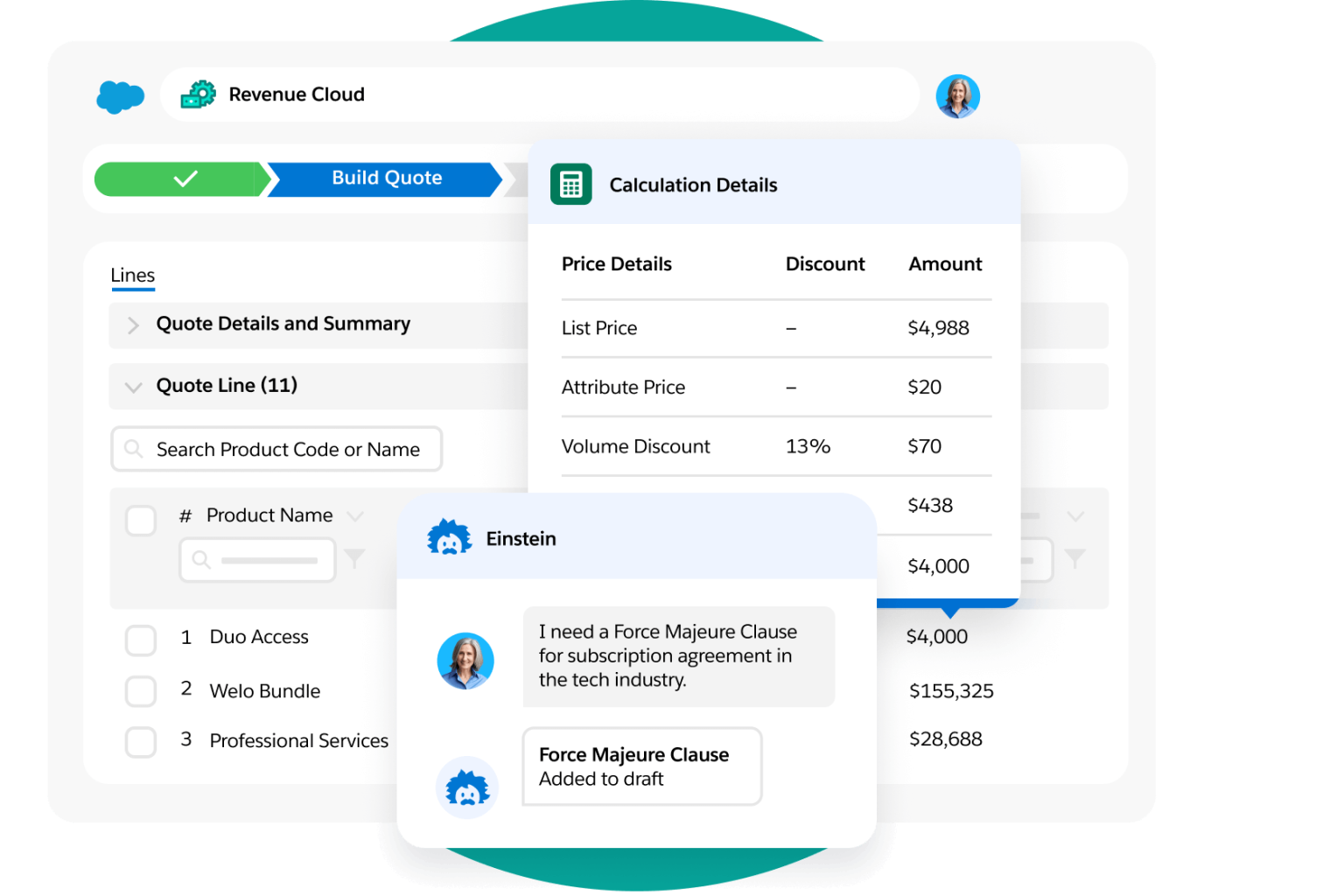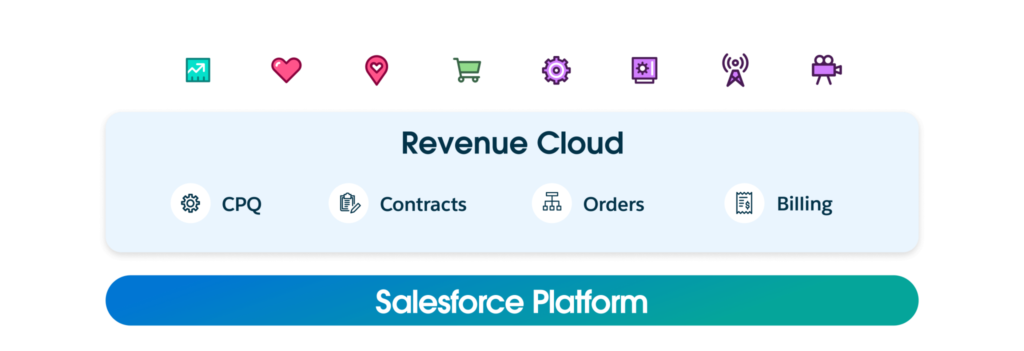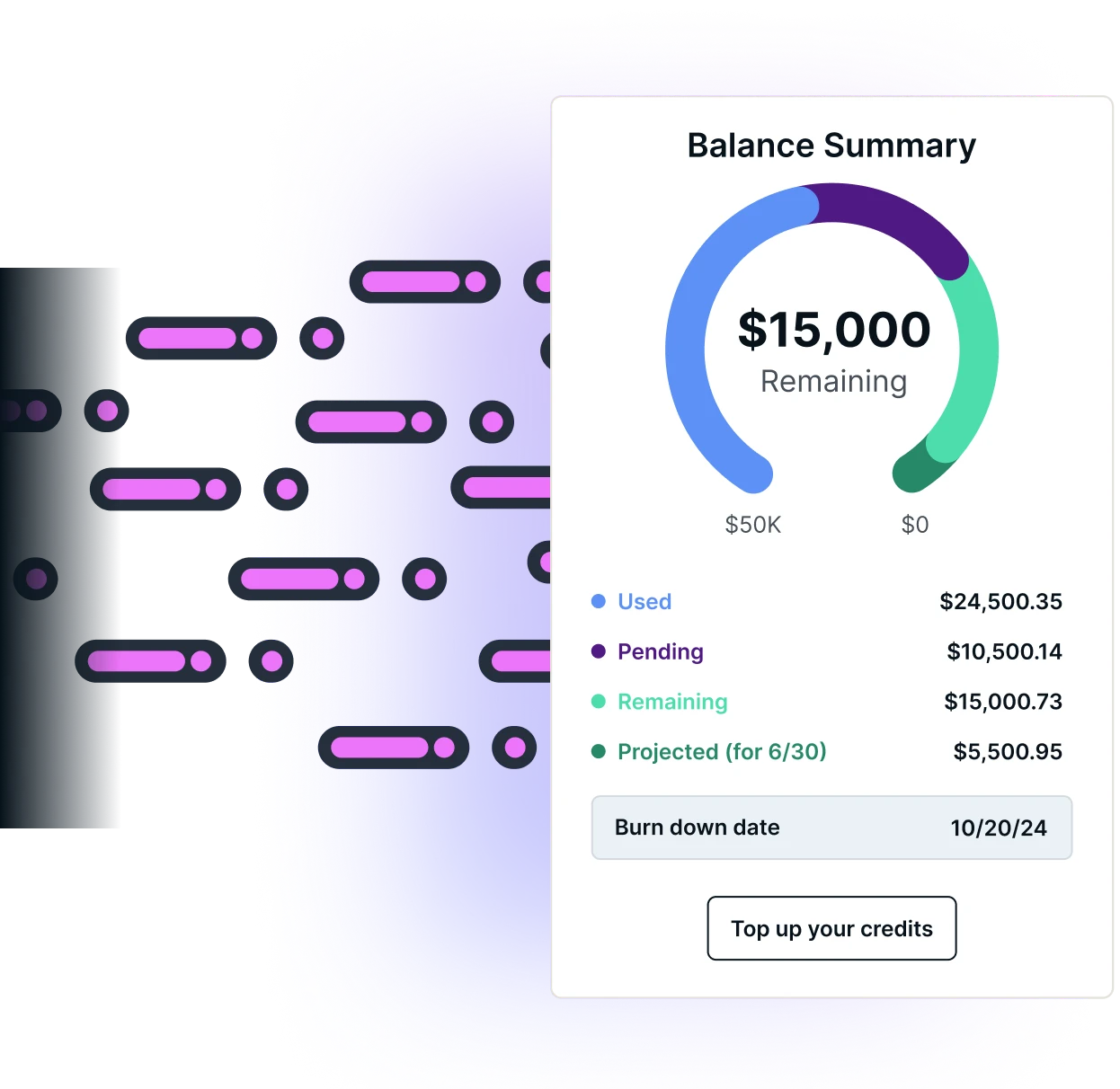
The Shift That Broke the Subscription Model
For years, SaaS companies relied on subscriptions. Predictable pricing, recurring invoices, and standardized contracts became the default.
But that’s starting to change.
Today’s most successful tech companies—like Snowflake, AWS, and Databricks—are shifting to prepaid usage models: savings plans, credit pools, and enterprise commitments that tie revenue to actual product consumption.
This isn’t just a new pricing option. It’s a deeper change in how revenue is created, recognized, and managed. And it’s quickly becoming the standard for modern B2B software.
Subscriptions Worked—Until They Didn’t
The subscription model had a good run. It gave SaaS companies predictable revenue and simplified customer onboarding. But it was never really aligned with how customers use software. You committed to a package, paid every month or year, and hoped you got value out of it.
The result? A lot of shelfware. Unused seats. Over-provisioned tiers. Products collecting dust while the meter keeps running.
That misalignment was tolerated when usage was steady and predictable. Subscriptions were a step forward from perpetual licensing—but they never fully lived up to the SaaS promise of aligning pricing with value. As companies began consuming APIs, infrastructure, and services with highly variable demand, the cracks in the model became harder to ignore.
Customers wanted flexibility. Finance teams wanted efficiency. Vendors needed a better way to show value.
That’s when usage-based pricing entered the picture.
But going fully usage-based creates its own problems. It’s hard to forecast. Hard to budget. And it gives vendors no guarantee of revenue; even if the product is delivering real value.
That’s why the smartest companies aren’t choosing between subscriptions and usage—they’re adopting prepaid usage models that offer the best of both.
They’re not selling subscriptions. They’re not selling pure usage. They’re selling prepaid usage commitments: enterprise savings plans, credit pools, or drawdowns tied to forecasted demand. Customers lock in value. Vendors lock in a commitment. Revenue recognition starts when usage begins.
Why Pure Usage-Based Pricing Isn’t the Endgame
Moving from subscriptions to usage-based pricing was a big step forward. It aligned cost with value. If a customer uses more, they pay more. If they use less, they pay less. That feels fair—and for a while, it looked like the future.
But for both vendors and customers, pay-as-you-go has real limitations.
On the vendor side, usage volatility makes revenue hard to predict. Sales teams have less leverage to drive large deals. Finance teams can’t model growth with confidence.
On the customer side, it’s hard to budget. CFOs hate open-ended invoices. Procurement teams want predictability. Even if the pricing is fair, it feels risky.
That’s why most leading companies didn’t stop at usage-based pricing. They layered on prepaid usage models—enterprise savings plans, committed spend, or flex credits. These offer volume-based discounts in exchange for upfront commitments. Customers get flexibility. Vendors get predictability.
It’s not just about pricing differently. It’s about changing how both sides think about value and commitment.
Snowflake: The Playbook for Prepaid Usage at Scale
No company has popularized prepaid usage models more than Snowflake.
Snowflake doesn’t sell subscriptions or push seat-based packages. Instead, Snowflake sells usage commitments—enterprise contracts where customers prepay for credits they can draw down over time. It’s flexible for the customer and predictable for Snowflake. And it shows up in one powerful number: Remaining Performance Obligations (RPO).
As of their latest earnings, Snowflake reported $6.7 billion in RPO, up 34% year-over-year.
That number is huge. But here’s the part most people miss:
RPO isn’t recognized revenue. It’s just a committed contract. The revenue only lands when customers actually use the credits.
This is the heart of the prepaid usage model. You lock in a deal up front, but the real success depends on customer adoption. If usage lags, revenue recognition stalls. If usage spikes, revenue accelerates.
From the outside, it looks like Snowflake has cracked the code. In reality, they’ve built the infrastructure to make this model work—usage visibility, alignment across sales and success, and real-time data that ties consumption to value.
Most companies fall short. They adopt prepaid models but don’t operationalize them. Credit balances live in billing systems or spreadsheets. Customer-facing teams don’t know what’s been used. Finance can’t forecast. Sales can’t spot expansion.
The result? RPO just sits on the books instead of turning into revenue.
You Can’t Drive Revenue If You Can’t See the Credits
When revenue depends on prepaid commitments, credit visibility isn’t just a back-office metric. It’s a growth lever.
But in most companies, credit data is buried—tucked away in billing systems, or hidden in finance-owned spreadsheets. By the time someone realizes a customer hasn’t touched their credits, it’s too late to act.
That’s a problem:
- If usage is lagging, it’s a customer success issue
- If there’s a pile of unused credits, it’s a sales opportunity
- If finance can’t see burn rates, it’s a forecasting risk
Yet almost no one surfaces this data in the tools where people actually work.
CSMs are in Salesforce. So are account execs. But the data they need to drive adoption, expansion, and renewals is stuck elsewhere. The result? Slower growth. Lower retention. Missed revenue.
The solution isn’t more reporting. It’s embedding credit visibility—balances, burn rates, usage trends—directly into CRM and ERP.
That’s how you align sales, success, and finance around what’s been committed, what’s been used, and what’s left to earn.
Embedded Revenue Infrastructure: Built for the Prepaid Era
Most billing systems weren’t built for prepaid usage. Legacy vendors assumed static subscriptions and monthly renewals.
In response, a wave of new usage-based billing vendors emerged. Many handle ingestion and rating well—but that’s only part of the equation. But they’re usually standalone systems, disconnected from the tools teams actually use.
They solve for calculation—but not for adoption, visibility, or execution.
That’s where Continuous is different.
We’re a usage-based billing platform, too—but we’re built to work within your core systems. We don’t just calculate usage. We make it visible and actionable in Salesforce, NetSuite, and other platforms you already rely on.
Sales teams can see credit consumption on the customer record. Finance can forecast based on real-time usage. Customer success can intervene before credits go unused.
This is Embedded Revenue Infrastructure.
It’s not just billing. It’s infrastructure that helps teams turn prepaid commitments into recognized revenue—without another system to log into, and without another silo to manage.
Ready to Turn Prepaid Commitments Into Revenue?
Our Rapid Technical Assessment helps B2B teams understand what’s working, what’s not, and how to operationalize prepaid usage inside Salesforce and NetSuite.
We’ll review your current architecture, identify blockers, and map out how to unlock usage-based revenue—without adding another standalone system.
Request your free Revenue Operations Assessment
Get a tailored review of your current architecture and personalized insights on where Continuous can drive the most value.
👉 Fill out this quick form and one of our experts will follow up with your survey—no pressure, no commitment.
